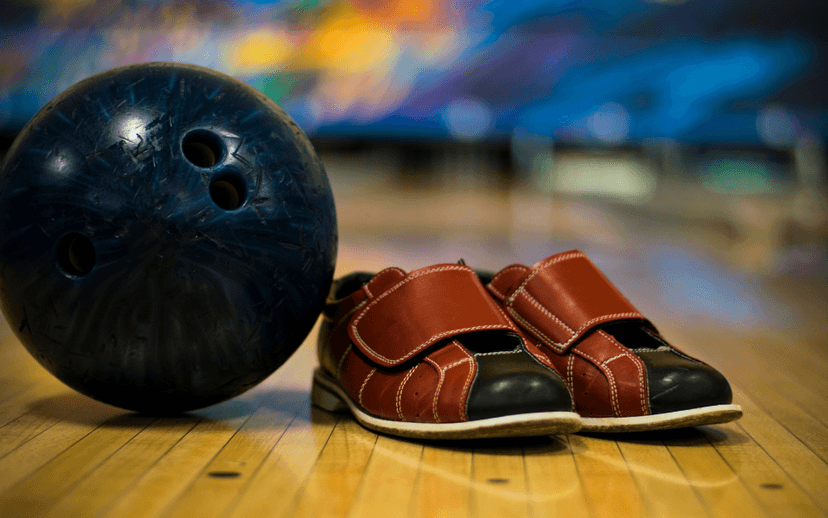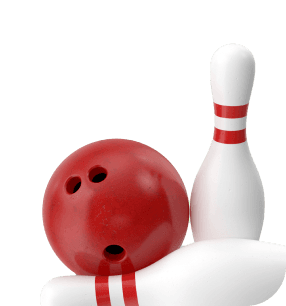Bowling Rules: How to Start Your Adventure with This Popular Sport?

Bowling is one of the most popular forms of entertainment in many countries around the world. This exciting game is a great way to spend time with friends and family while improving your sports skills. If you are a beginner and want to learn how to bowl, you are in the right place. In this article, we will discuss the rules of bowling and provide tips on how to begin your adventure with this popular sport.
Let's start with the basics: How to bowl?
1. Choosing the Right Shoes
The initial step in embarking on your bowling journey involves selecting the appropriate footwear. Numerous bowling alleys provide specialized bowling shoes specifically designed with soles optimized for smooth gliding on the wooden lanes. These shoes are indispensable for ensuring the right balance, traction, and precision when executing your bowling rolls.
See our booking solution for Bowling

2. Choosing the Right Ball
The next step is selecting the right bowling ball. Bowling balls vary in weight, size, and grip. Beginners often opt for lighter balls as they are easier to control.
3. Setting Up the Pins
On the lane, there are 10 pins arranged in a triangle at the far end. Your goal is to knock them down using a special bowling ball.
4. Rolling the Ball
Now it's time to roll the ball. You'll stand at a designated spot on the lane called the approach and try to knock down as many pins as possible with a single roll. When bowling, aim for the center of the pin setup to maximize your chances of knocking all of them down.
5. Scoring
After your turn, the pins will be reset, and you'll have a chance for another roll. A player who knocks down all the pins with a single roll achieves a "strike" and earns 10 points, plus additional points for the next two rolls. If you don't knock down all the pins on your first attempt, you get a second try. If you manage to knock down all the pins in two rolls, it's called a "spare," and you earn 10 points, plus points for the next roll.
Bowling Rules
Now that you understand the basics of bowling, let's move on to more advanced rules:
1. Starting the Game
Bowling games start with choosing which player is to begin. The chosen player stands on the lane and makes the first roll.
2. Order of Rolls
Subsequent players take turns rolling, starting with the player who initiated the game. Each player gets two rolls per turn.
3. Game Objective
The objective of bowling is to score as many points as possible by knocking down pins. The player with the highest score at the end of the game wins.
4. Bonuses
Bowling offers various bonuses such as "strike" and "spare," which earn additional points. A strike occurs when all pins are knocked down in the first roll, while a spare is achieved when all pins are knocked down within two rolls.
5. Foul Rules
There are also rules regarding fouls in bowling. For example, if you roll the ball beyond the lane or cross over the foul line, it can result in a loss of points.
How to Bowl: Tips for Beginners
Now that you have a grasp of the rules of bowling, here are some useful tips for beginners:
1. Practice Makes Perfect
Bowling requires practice. The more you play, the better you'll become at mastering the rolling technique and understanding how it affects pin trajectories.
2. Maintain Balance
Maintain your balance during your roll. This will help you achieve stability and precision in your movements.
3. Observe the Lane
Pay attention to the lane's conditions and how the balls move on it. This will help you adjust your rolls to the lane's conditions.
4. Play as a Team
Bowling is a great game to play with friends and family. Play together, compete, and enjoy quality time spent with loved ones.
Summary
Bowling is a fantastic way to engage in active entertainment and bond with others. Now that you know the basic rules of bowling and have some useful tips, you can embark on your adventure with this popular sport. Remember, practice makes perfect, so don't be discouraged at first. Have fun and enjoy every roll!
Start using our system
FOR FREE





